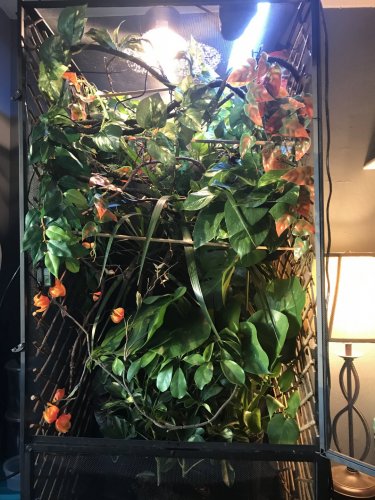Kristen99
Avid Member
I'm looking to breed some feeders for my male veiled chameleon at this point I have been feeding him crickets and hornworms I've tried other things like butter worms and dubai roaches but he doesn't doesnt seem to eat those at the moment..
I normally buy from rainbowmealworms
But I am now looking to breed at home for a more cost effective way of getting his variety diet. I am certainly not opposed to any of the feeders and am interested in learning how and what I will need to breed feeders such as
Hornworms( if possible?)
Dubai roaches
Crickets
Silkworms
Blue bottle fly
And possibly praying mantis
Any information is greatly appreciated.. thank you!
I normally buy from rainbowmealworms
But I am now looking to breed at home for a more cost effective way of getting his variety diet. I am certainly not opposed to any of the feeders and am interested in learning how and what I will need to breed feeders such as
Hornworms( if possible?)
Dubai roaches
Crickets
Silkworms
Blue bottle fly
And possibly praying mantis
Any information is greatly appreciated.. thank you!
Last edited:

